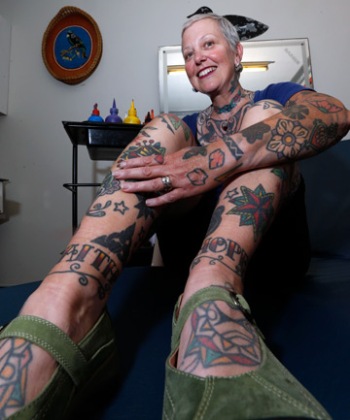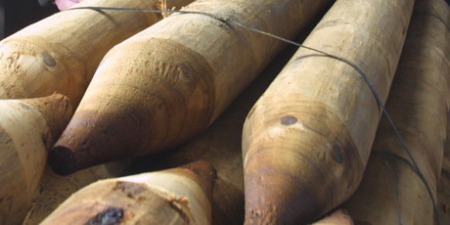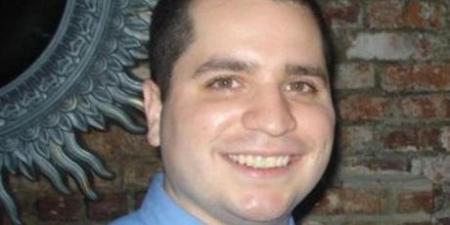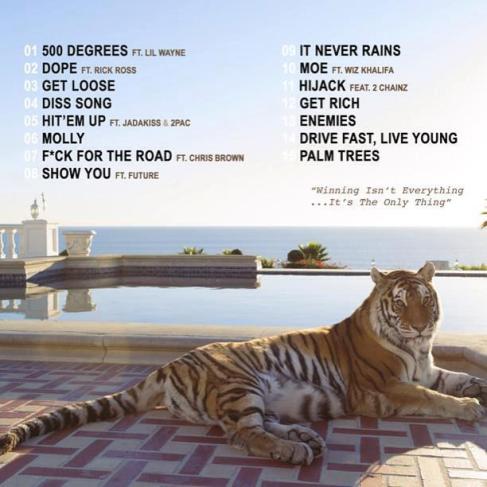HUMAN CANVAS: Cate Murphy at her new tattoo business, The Room.
A year ago tattoo artist Cate Murphy was given only months to live. A couple of weeks ago she opened her own studio.
The Room is in the same building as a barbershop on Collingwood St in Nelson, and it’s where she works her magic.
Murphy did her first tattoo since getting diagnosed with secondary cancer a couple of weeks ago. Her friend, Cam Woods, got a tui and kowhai flower design on his arm for his 40th birthday.
She has created five other large pieces since, but is hoping to build up her clientele.
‘‘I’m not competing with anyone, because I have my own style. It’s not about getting a rushed tattoo, it’s about creating something really special for each person,’’ she said.
The 49-year-old, who grew up in Stoke and is married to an Irishman, battled breast cancer eight years ago.
She thought she was in the clear so many years down the track, but was given bad news in February last year.
The breast cancer had spread, and she had secondary cancer in her liver, lung, and bones.
Murphy also had four tumours on her brain, which subsequently led to ‘‘a lifetime dose of radiation’’, on top of chemotherapy to treat the rest of her body.
She didn’t pick up her tattooing equipment for a year, while she battled with chemotheraphy, radiation treatment, and steroids.
‘‘I was on a lot of steroids, which makes you really puffy. I was very tired. The steroids also make you quite aggressive – my poor husband.’’
Murphy and her husband – Will Andrews – have been going back and forth from Ireland for 15 years, after meeting in San Francisco, but her latest illness put a stop to that lifestyle.
San Francisco was where their relationship began, and it’s also where Murphy’s started her life as a tattoo artist. They’re returning in June for her 50th birthday.
‘‘We thought what should we do since I’m still alive? We’d better go to San Francisco.’’
Murphy worked in one of Dublin’s oldest tattoo shops, tattooing up to 10 clients a day, often with football club emblems.
‘‘It was a good way to learn, because we were so busy. It took me three years to get over the fear of marking someone for life. I used to go into the toilet and take Rescue Remedy,’’ she said.
She has always painted, using vibrant colours and found objects such as weathered pieces of board: ‘‘I love outsider art, and folk art, and that kind of thing.’’
Another inspiration was William ‘‘Bill’’ Traylor, who was born into slavery on a plantation in Alabama. He was set free as an 80-year-old, and became a prolific artist, creating drawings on cardboard.
‘‘I have always joked to customers that I was really good with colouring books when I was a kid. I was really obsessed about keeping in the lines.’’
Murphy is revelling in her good health, despite last year being touch and go at times, and is enjoying having her own space to work from.
‘‘I feel pretty good. I cycled to Toad Hall in Motueka and back on Sunday.
That’s a big accomplishment,’’ she said.
Murphy got her first tattoo in London, which she describes as ‘‘that little smudgy thing’’ on her arm, and her body is now a human canvas.
And, there are more to come. Her next one might be a monarch butterfly.
‘‘I feel blessed for the fact that I have been given a second chance.
I love Nelson, because it’s my home town. I spent my whole life trying to get out of Stoke, and now I live on Ranui Rd. My Mum is here, and nothing beats your Mum at the end of the day. She’s 88. She’s a legend.’’
The Room is at 96 Collingwood St, through the Delly Barber salon.
– © Fairfax NZ News













